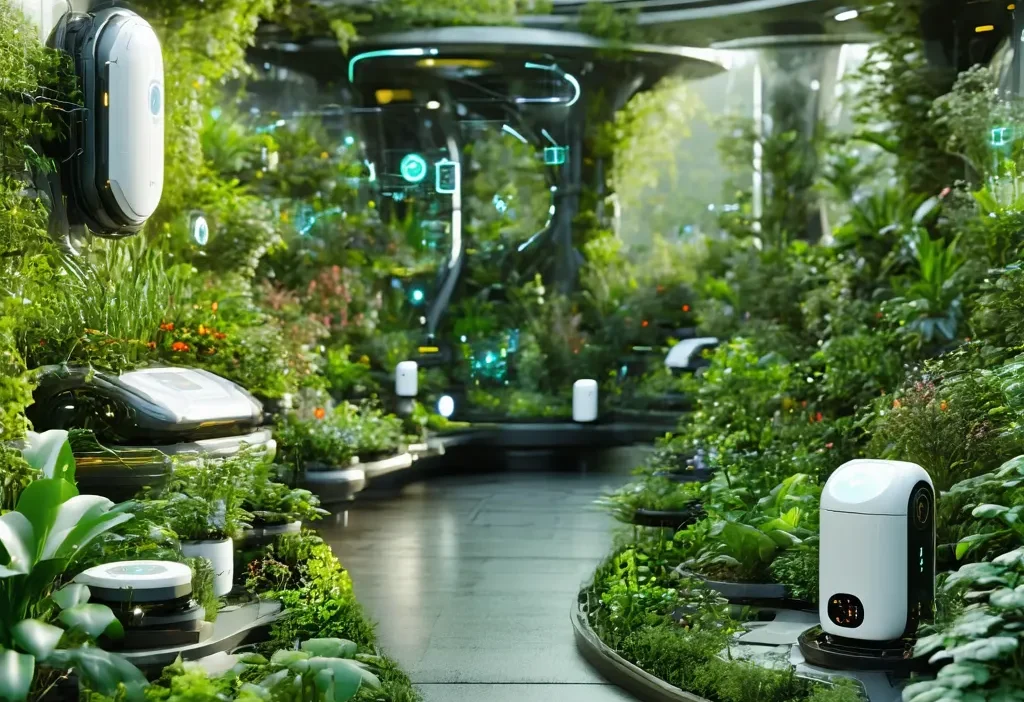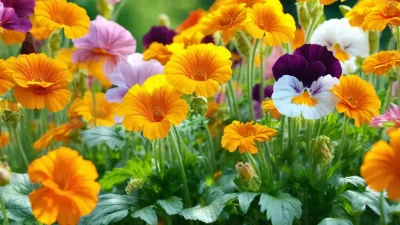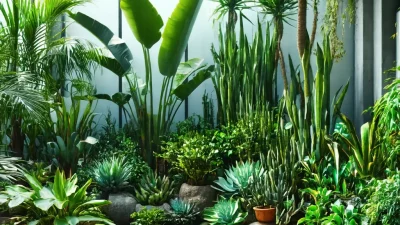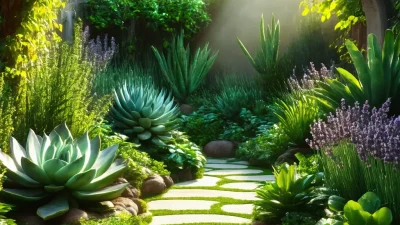The Future of Smart Gardening Technology in 2025
Imagine a garden where plants thrive without constant human intervention, where technology seamlessly integrates with nature to create the perfect growing environment. This is not science fiction—it’s the reality of smart gardening in 2025. As we step into this new era, smart gardening technology is transforming how we cultivate and care for our plants, making it easier than ever to grow lush, vibrant gardens.
The Evolution of Gardening
Gardening has always been a labor of love, requiring time, patience, and knowledge. But with the advent of smart technology, even novice gardeners can enjoy the fruits of their labor without the hassle. In 2025, smart gardening systems are becoming increasingly sophisticated, offering features that were unimaginable just a few years ago.
These systems use advanced sensors to monitor soil moisture, temperature, light levels, and even air quality. The data collected is analyzed in real-time, allowing the system to adjust watering schedules, provide nutrients, or alert gardeners to potential issues before they become problematic. This level of precision ensures that plants receive exactly what they need, when they need it.
Current Innovations in Smart Gardening
In 2025, the market is saturated with innovative tools designed to make gardening smarter and more efficient. One such tool is the smart watering system, which uses IoT sensors to monitor soil moisture levels and automatically adjust watering schedules based on plant needs. This not only saves time but also conserves water, making it an eco-friendly option for gardeners.
Another breakthrough is the rise of AI-driven gardening assistants. These devices analyze plant data and provide personalized recommendations, helping gardeners optimize their growing conditions. For example, if a plant is showing signs of stress, the system can suggest adjustments to light exposure or soil pH levels. This level of customization ensures that every plant thrives, regardless of the gardener’s experience.
Sustainable Practices in Smart Gardening
Smart gardening technology also plays a significant role in promoting sustainable practices. By optimizing resource usage, these systems help reduce waste and environmental impact. For instance, smart irrigation systems can significantly cut down water consumption by delivering precise amounts of water directly to plant roots.
In addition, many smart gardening tools are designed with eco-friendly materials and energy-efficient components. This commitment to sustainability ensures that even as we embrace technology, we remain mindful of our environmental footprint.
The Future of Smart Gardening: What’s Next?
As technology continues to evolve, so too does the potential for smart gardening. One exciting development is the integration of augmented reality (AR) into gardening apps. With AR, gardeners can visualize how different plants will look in their space before planting them. This virtual preview helps ensure that the final layout is both aesthetically pleasing and functional.
Another promising innovation is the development of autonomous gardens. These self-sustaining ecosystems are designed to operate with minimal human intervention, using advanced AI algorithms to manage everything from watering to pest control. Autonomous gardens are particularly beneficial for urban dwellers who lack outdoor space but still want to enjoy fresh produce year-round.
Challenges and Considerations
While smart gardening technology offers numerous benefits, there are challenges that need to be addressed. One concern is the reliance on electricity and internet connectivity. Many smart devices require a stable power source and data connection to function properly. In areas with limited infrastructure, this can pose a barrier to adoption.
Another issue is the potential for data privacy concerns. Smart gardening systems collect a significant amount of personal information, including plant types, growing conditions, and usage patterns. It’s crucial that manufacturers implement robust security measures to protect user data from unauthorized access.
Getting Started with Smart Gardening
If you’re interested in embracing smart gardening technology, there are several steps you can take to get started. First, assess your current gardening setup and identify areas where automation could improve efficiency. For example, if you struggle with consistent watering, a smart irrigation system might be the perfect solution.
Next, research the available options and choose tools that align with your needs and budget. There are affordable entry-level devices as well as high-end systems for more advanced users. Don’t forget to read reviews and seek recommendations from other gardeners to ensure you’re making an informed decision.
Budget-Friendly Options
Smart gardening technology doesn’t have to break the bank. There are plenty of budget-friendly options available for those who want to dip their toes into the world of smart gardening. For instance, simple soil moisture sensors can be purchased for under $20 and provide valuable insights without requiring a major investment.
Additionally, many smartphone apps offer free or low-cost tools that help gardeners track plant growth, monitor weather conditions, and receive personalized care tips. These apps are an excellent way to start experimenting with technology without committing to expensive hardware.
The Future is Bright for Smart Gardening
As we look ahead to the future of gardening, it’s clear that smart gardening technology will play a pivotal role in shaping how we grow and care for plants. With advancements in IoT, AI, and AR, the possibilities are endless. From autonomous gardens to eco-friendly systems, there’s something for everyone.
If you’re ready to embrace this new era of gardening, now is the perfect time to explore the latest innovations. Whether you’re a seasoned gardener or just starting out, smart technology offers tools and resources that can help you achieve your green thumb goals. So why wait? Start exploring the world of smart gardening today and see how it can transform your outdoor space into a thriving oasis.
Remember, the future of gardening is bright—and with the right tools, it’s easier than ever to make your garden flourish in 2025 and beyond.





